The caffeine landscape in Italy is rich with ritual and tradition. The espresso is as much a staple as pizza and wine. Italy is very traditional in its choice of coffees; popular American and British brands have never really made their mark here. So the Starbucks vocabulary such as latte and venti, while they are Italian words, don’t mean the same thing in an authentic Italian cafè. And don’t expect to come across your usual choice of Starbucks, Caffè Nero, Peet’s or Tim Horton’s.
First of all let’s get our terms straight: There’s the cafè and then there’s caffè. If you ask an Italian barista for a caffè, you will be served an espresso, while a cafè is the place where you go to drink coffee, however most Italians refer to a cafè as a bar as in ‘snack bar’. These family owned bars are bustling hot-spots for the pre-work crowd. The baristas are centers of their neighborhood community, they brighten up the morning with a tiny cup of espresso served with a smile; and they keep up-to-date on local gossip!
If one shot of caffeine is not enough to get you moving, you can always ask for a caffè doppio, which is two espressos served together in a larger cup and guaranteed to wake you up and keep you buzzing!
The ubiquitous cappuccino is one of the most popular coffee styles in the world; it is an espresso infused in a tea-sized cup with hot frothy milk. The name cappuccino, by the way, is derived from the Capuchin Friars, whose habit is brown and white like the beverage with an alternative explanation that the cup with its ring of foam looks like the monk’s tonsure (shaved top of head). If you want equal parts of coffee to milk, ask for a cappuccino chiaro (light colored cappuccino).
The locals, by the way, probably won’t be ordering either type after 10am. Italians are very protective of their health, and the thought of having to digest coffee with milk after morning time can send them into spasms of worry. You can get away with sipping a caffè macchiato (literally meaning stained, as you stain it with a drop of milk); akin to a mini caffè latte.
Italians do not take their coffee to-go in a big paper cup, but drink it rather quickly standing at the bar. The price is higher if you take it to a table or have it served there. That said, we have lately seen a few tourists carrying their big paper cups of coffee on the streets of Italy. Some smart bar owners have figured out how to appeal to the Starbucks-addicted!
You will find Italian coffee served in all sorts of varieties and all sorts of proportions besides the aforementioned beverages. Here are some of the most popular styles of Italian coffee:
- Caffè ristretto, which has the same amount of coffee but brewed with less water, and the caffè lungo, a slightly more diluted espresso still served in a small cup
- Caffè corretto (literally, coffee that has been corrected with a shot of alcoholic beverage, normally sambuca or grappa), caffè Borghetti, an espresso served with a splash of Borghetti liquor (popular with soccer players and consumed at break time),
- Caffè con schiuma (froth), prepared by either lightly beating it or blowing steam through it, caffè schiumato with its splotch of frothy milk, the caffè con panna, an espresso with a dollop of whipped cream
- Caffè freddo, an iced coffee normally served in the summer
- Gran caffè speciale, a delicious creamy double espresso only served at one of Italy’s coffee holy places, Rome’s Sant’Eustachio coffee bar
- Caffè latte, usually just called a white coffee in England and traditionally a home-made Italian breakfast drink of coffee with heated milk added to it
- Caffè Americano is the Italian take on American style coffee.
- Caffè Hag, which has become synonymous with all decaffeinated coffee (Hag is a brand of decaf). Either ask for a caffè Hag or a deca, the result will be the same.
- Two new coffees snaking their way into Italian life; the mocaccino, a mixture of coffee and hot chocolate, and the caffè al Ginseng, said to enhance virility.
- And, saving the best for last, the granita di caffè con panna. This yummy coffee slushy is served with whipped cream or even without.
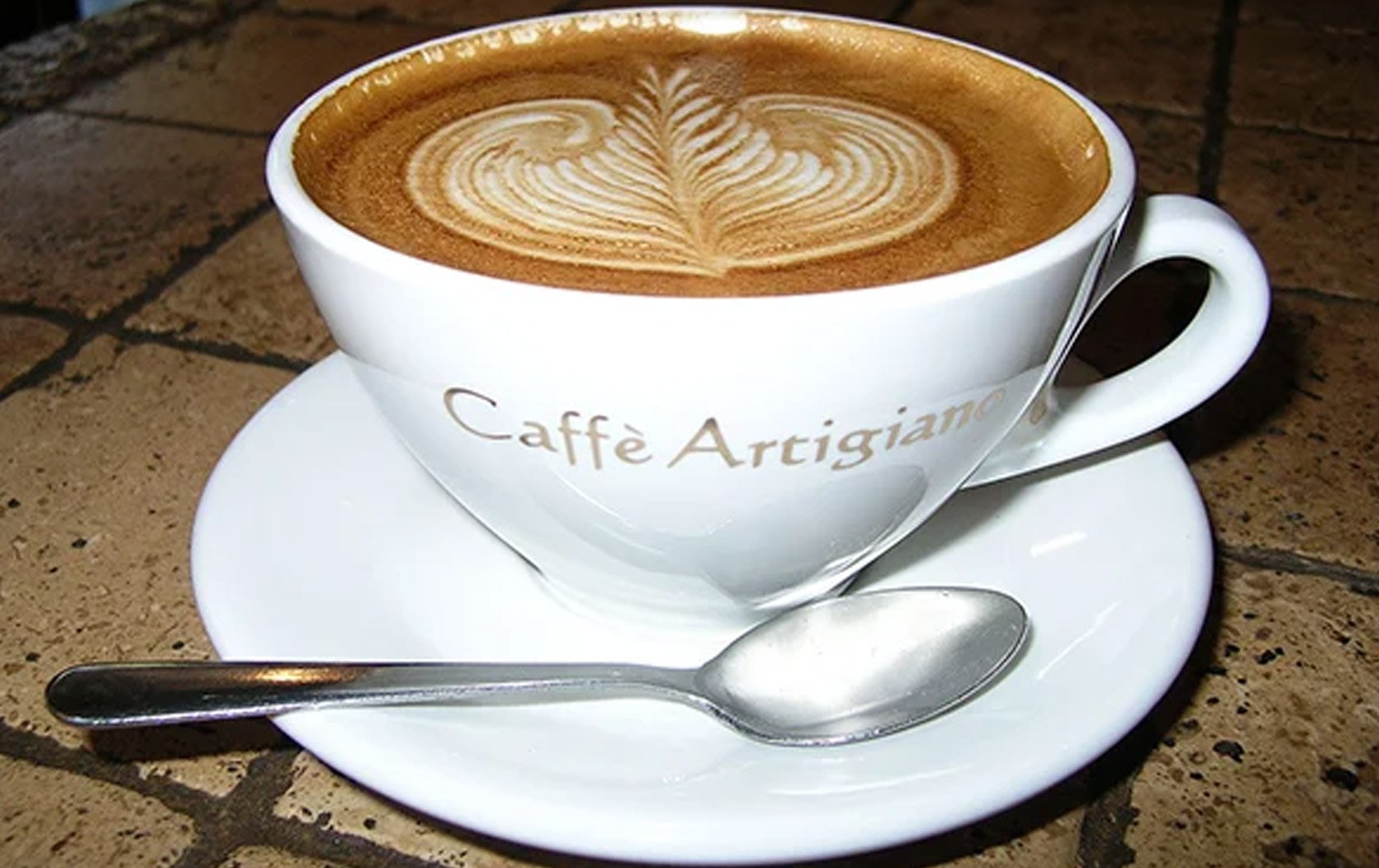
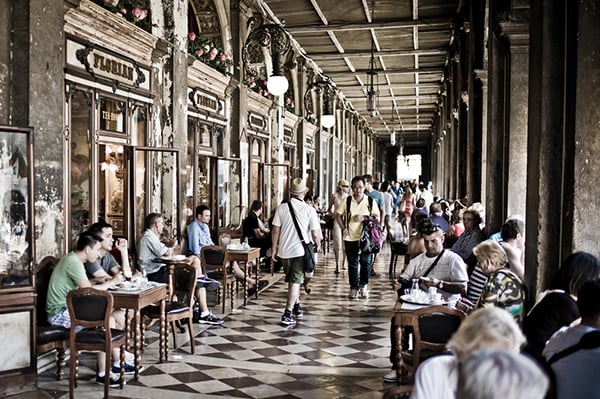
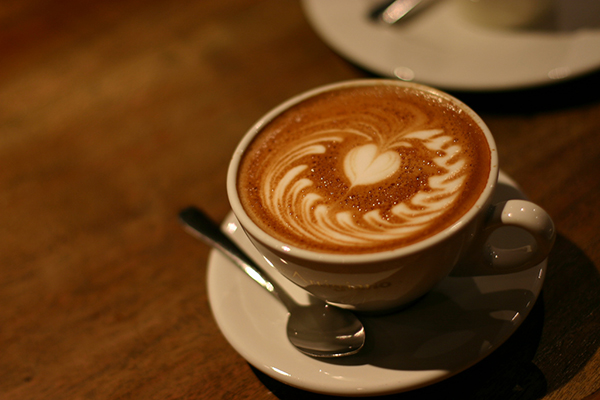

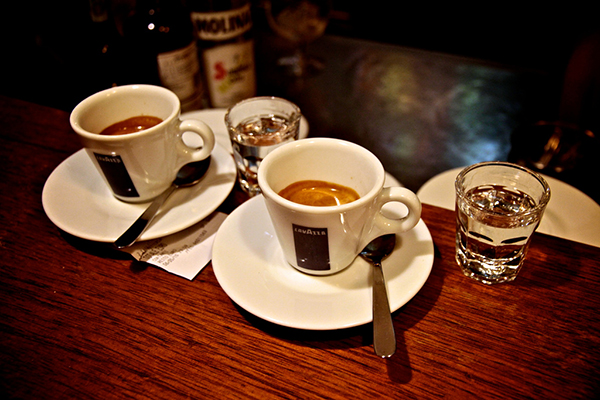
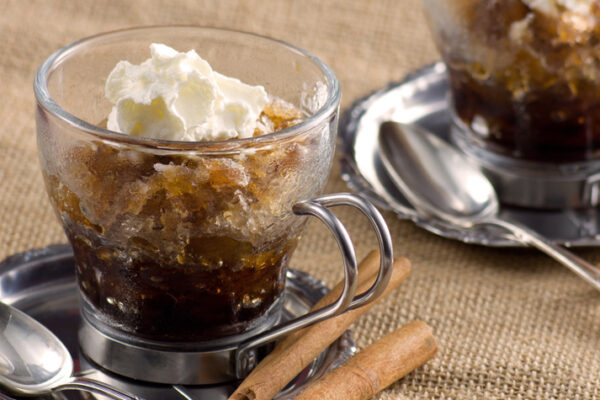

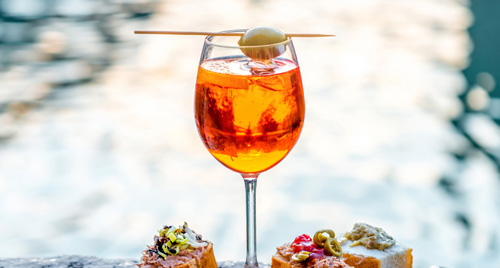

A very important post here! The Italian people take their coffee VERY seriously – so it’s good to know what you’re getting into before walking into a cafe.